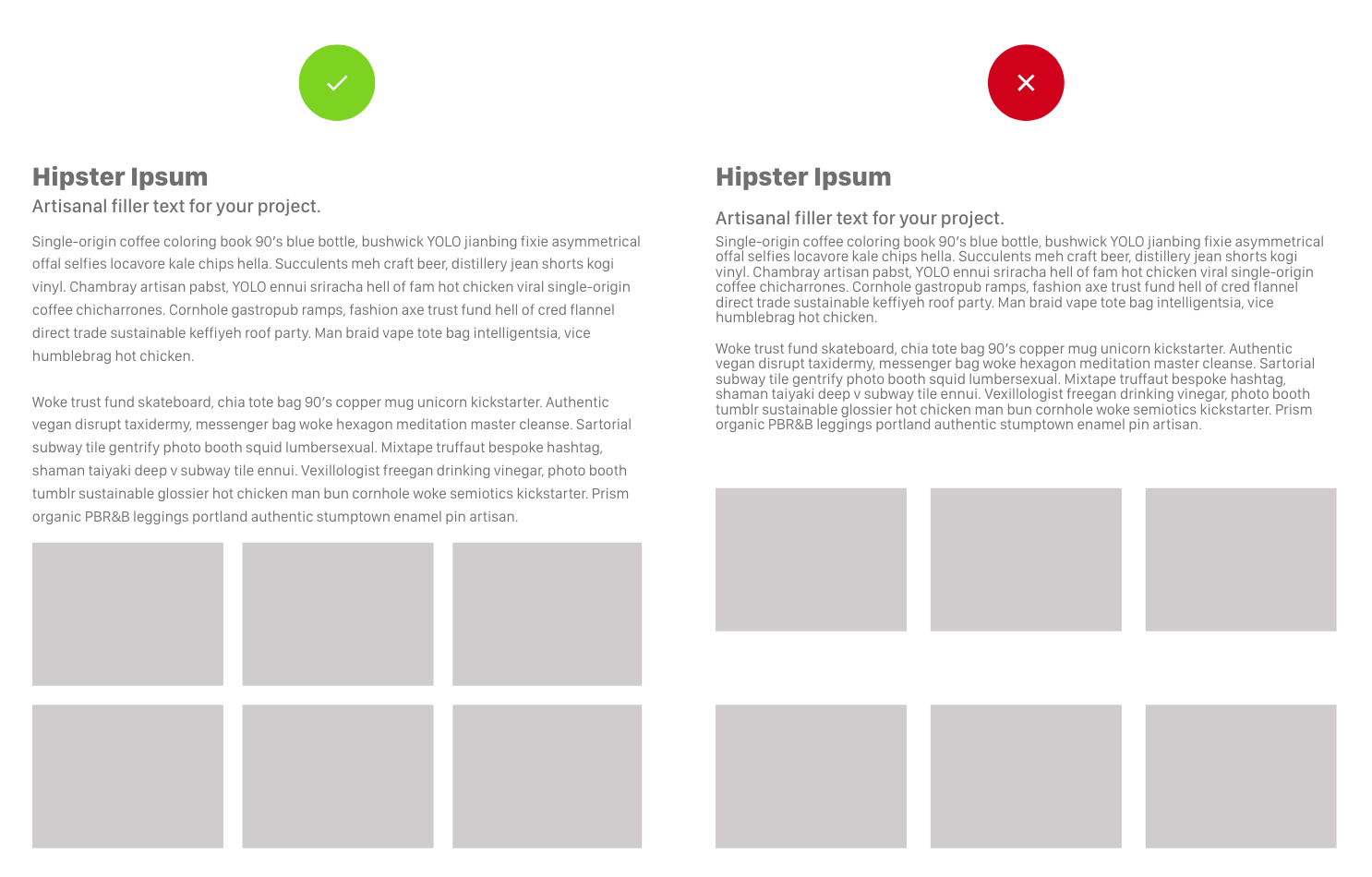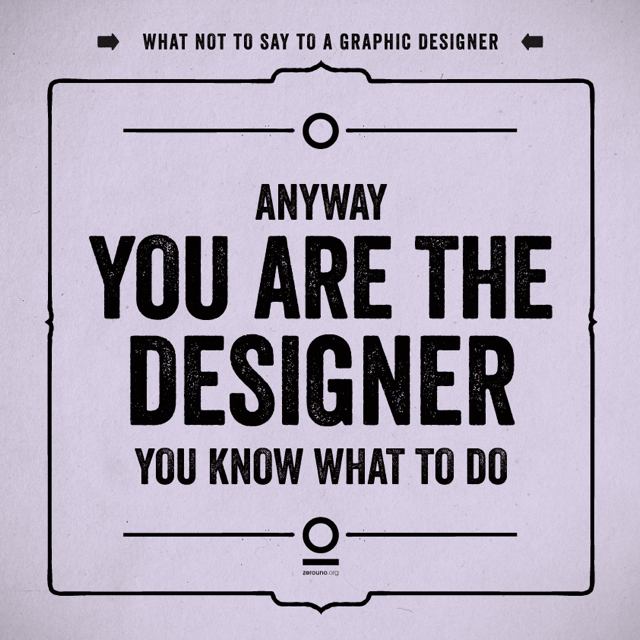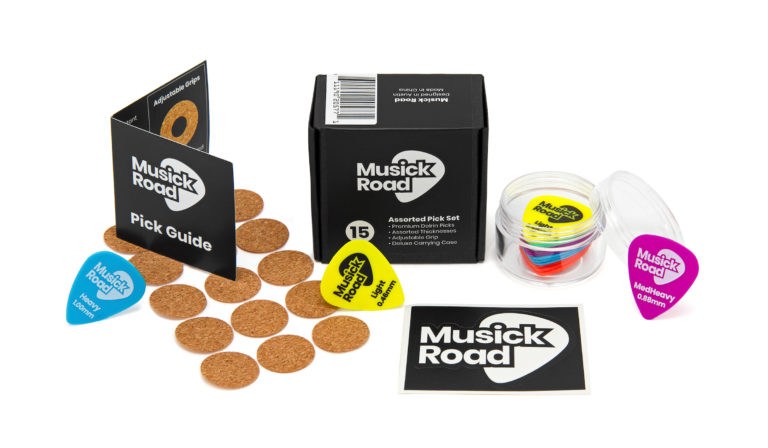10 ways to become a better designer
Designers come from different backgrounds. Some went to school and got a formal education and others are self-taught who learned by trial and error. I am of the latter and feel that while I could have taken a shortcut by learning design theory, I also had an advantage over others by facing the realities of dealing with real clients instead of completing school projects based on educational requirements. Nothing against getting a proper education just wanted to give you more context into my journey into design.
I compiled ten elements of design that have helped me increase the quality of my work and have proven to always keep me on track to achieve the next level of design. There is more to design than this list but it’s a good start to get going in your design journey or as a simple reminder of what to do if you feel in a design rut.
I will be compiling a list of resources and posting about design inspiration on a regular basis so be sure to check back if this is something you are interested in.
1. Research
There are many ways to approach design research, but its main goal is to solve problems. This should be the basis for any project you take on and the most important step in helping your client understand the needs of the end user. If you are unsure where to start, you can first put yourself in another person’s shoes so that you understand the needs, hence approaching the project with a clear mindset.
As designers, we tend to focus on how things look, but we need to take a step back and realize the fact that the reason we got hired, was to solve a problem, and without knowing or doing the proper research, we will feel lost in even starting the project. The running joke in design is dealing with customers that are not informed in the process.
While there are several methodologies to approaching design research, sometimes we find ourselves out of time, out of budget, and simply need to deliver the work. Here are a few tips on how to approach design research:
- Ask your client a lot of questions: While this may sound annoying, you will get lots of insight on the business which in turn will allow you to learn about the end user/audience.
- Digital Field Research: If you can’t travel to find out more about the end user or audience, do some research online. If your audience is in a specific location, a good way of learning about them is to read about it. A good place to start is Wikipedia or the town’s website. This will allow you to understand their wants and needs and give context on how life is in that area.
- Keep exploring: There many ways to finding out more about an audience. If you have something specific that you need to work with, then delve into that topic. Start a board of pictures and post it notes that will allow you to see a global snapshot of the topic and keep adding to them as you gain more insights.
2. Typography
If you want to communicate and keep your audience interested, it is important to have proper typography in everything that you do. Even if you are not a designer, typography can alter emotions and can affect the outcome of a project. Typography establishes a hierarchy of information and defines an order to your work so that it becomes easy to use, touch and feel. The good use of type in a project can show harmony and makes you look professional since the right use of typography can instill trust which will, later on, help you build recognition as a designer.

If you are designing for web and mobile, adapting to Apple’s HIG and Google’s Material Design Guidelines is a great way to start while also taking advantage of such great free resources. You can leverage code-drawn text strings for better output, less troubleshooting, and a higher quality design! But also, you can show consistency, offer a familiar look and feel to the user, and make a website or app load much faster. We can definitely expand on this on a different blog post but for now, here is a little trick I learned on how to apply system fonts to any website using CSS:
<span class="token property">font-family</span><span class="token punctuation">:</span> -apple-system, BlinkMacSystemFont,
“Segoe UI”, “Roboto”, “Oxygen”, “Ubuntu”, “Cantarell”,
“Fira Sans”, “Droid Sans”, “Helvetica Neue”,
sans-serif<span class="token punctuation">;</span>3. Space
In design, space is usually referred to as white space, but that doesn’t mean empty space, it’s a powerful design theory and can be as artful as it can be scientific. Space expresses balance which in turn sets an order to any layout allowing the design to guide your audience. Overdesigning can lead to a negative user experience as it removes the focus from your elements. Make sure to use the right font sizes, balanced elements and avoid overusing textures.
In a time where content is king, it is crucial to use space to your advantage and avoid being tempted to cram all the information in your layout. Psychology has taught us that humans recognize patterns and as designers, we can help them through a positive journey.

4. Color
Color is our first introduction to design as humans. Babies are surrounded by blue, pink, yellow or green clothes and toys, we are later introduced to crayons and forced to use our creativity at a young age to create with a limited palette. It is not until we get to art class that we learn about the color wheel and how it works. And this is when we realize the importance of color, although we have been applying this theory even before learning how to speak.
The color wheel is a system that was created to mix colors in order to achieve the desired outcome. This is where the process of CMYK comes into play instead of the RGB which is used for displays. You can read more about color theory and get very specific but at the end of the day every brand has its color palette and these can be used to affect emotions which also affect usability. The right color choice can also affect ADA users and the way users perceive a brand.

5. Details
The little things do count. Take your time to go over your design and make sure that every aspect of it is consistent with the brand you are working with. If you see something missing, add it. If you feel like the brand can use a bit of help, do it.
The best approach to this is to make sure that you keep designs simple. And before you jump out of your chair or throw your phone into a wall, I want you to know that the entire premise of simplicity in design is to keep clutter out of it. Once you feel you are in a good place with your design, go back and polish it. Make sure that dimensions make sense, that it fits in a grid and that whatever elements that are in it, should be in it, and the ones that don’t should need to go. Actually, take those elements out of artboard, just in case you need them later (pro tip!).
At the end of the day, beauty is in the details. Here are a few tips to make sure your design is on point:
- Do your research: Look at designs that stand out to you and analyze them. What makes them so good? Is there anything in that design that you could apply to yours?
- Zoom in: Go deep, make sure you are looking at every single pixel and that your shapes are aligned correctly, that your kerning is on point and that any other element is where it has to be.
- Take a break: But before you do that hit command+S. Seriously. After that, go get some coffee, tea or your beverage of choice and put your mind on something else. Once you are ready to get back to it, you will have a different perspective and will be able to notice small details that maybe you missed on the first run.
- Share your work: Show your design to someone else. Whether it’s a fellow designer or an unbiased person, you will be surprised what a fresh set of eyes and a different perspective can do to your work. I usually ask my wife, a non-designer, to give me some feedback, and most of the time she has something to say that will make me go back and take a second look.

6. Take risks
Many times we get projects or briefs where the brand is defined. Pushing a client to be bold and think outside the limits or what they know is taking a big risk. After all, they are spending money and trusting you as a professional to lead them into achieving a goal, wether that is increasing sales or brand awareness. Sticking to what we are use to is a risk in itself. It says a lot of how we work and the reason we become stagnant at what we do.
Don’t be afraid of explaining to your client the idea behind your decision and how it will benefit them. At the end of the day, they hired a designer to help them think, not just to push pixels. We make decisions every day, and some of those decisions involve taking risks. While we are usually tasked with projects that have tight deadlines and small budgets, there will always be room for taking risks.
7. Learn the product
This doesn’t apply to just designers, this is everyones responsibility. When you start a new job, most likely, you will have no idea about the products and services offered by that company. The same applies when you are hired by a new client, they are in a field that you may not be familiar with and it is your responsibility to learn everything about it so that you can deliver the work they deserve.
Here are some ways on how to learn about products and services:
- Ask for samples and use the products
- Go through any product literature
- Look for and read online forums
- Ask feedback from customers and employees
- Look into trade and industry publications
- Request sales analytics, don’t ask for too much, just overall insights
- Do a competitor analysis
You will be surprised with what you learn and sometimes you client might not even know certain things. After all, they hired you for guidance and your expertise. Product knowledge is tied to design research and it is never a waste of time. Remember that you are offering more than design services, you are providing your clients the ability to define their offering while they focus on selling and growing their brand.
8. Keep Learning
Staying abreast with current design trends is vital for any designer. The minute you stop learning is the minute you sign yourself up for failure. Use the tools you are given and take advantage of the resources you have. This also applies to take criticism to improve your design skills and output. Reach to co-workers, peers, connections on LinkedIn, or if you are still in school, ask teachers and other students for feedback. The whole point of sharing your work with other people is to become a better designer, and this comes in the form of feedback, wether it’s good or bad, take it as a learning opportunity.
9. Time
We all know our time is limited, but everything that is rushed comes with problems. With the implementation of new tools, we have more time to focus on the details, set priorities and communicate with all parties involved to remove any doubt.
10. Passion
If you don’t love what you do, you will never achieve your goals. Focusing on delivery times is not conducive to great creativity and will hinder your ability to focus on what you are really passionate about. Take pride in your work and make sure that the work you are doing today is worth showing tomorrow. Don’t confuse confidence with arrogance. The fact that you are proud of your work does not mean that you are not open to suggestions. Make sure that you have the ability to stay humble and keep learning as part of the creative process.








